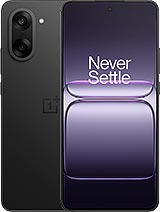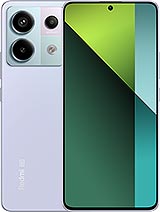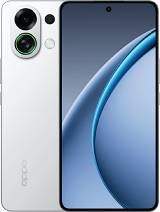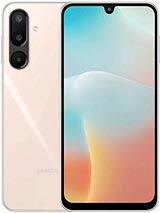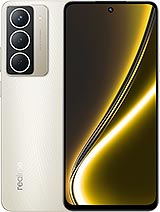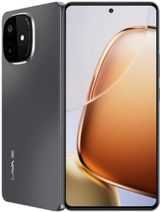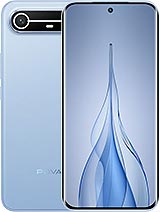Nothing Phone (2a) Plus alternatives
Tap above to see alternatives.
Samsung Galaxy A05s 4G alternatives
Tap above to see alternatives.
Nothing Phone (2a) Plus

Nothing Phone (2a) Plus
-
Dimensity 7350 Pro
4 nm
-
5000 mAh
50W
-
6.7"
1084x2412 pixels
-
50 MP
4K@30fps
- Specs
Samsung Galaxy A05s 4G

Samsung Galaxy A05s 4G
-
Snapdragon 680
6 nm
-
5000 mAh
25W
-
6.7"
1080x2400 pixels
-
50 MP
1080p@30/60fps
- Specs
2x3.0 GHz Cortex-A715
6x 2.0 GHz Cortex-A510
4x2.4 GHz Kryo 265 Gold
4x1.9 GHz Kryo 265 Silver
12GB 256GB (UFS 2.2)
4GB 128GB (UFS 2.2)
6GB 128GB (UFS 2.2)
f/1.9, 24mm (wide), 1/1.57", 1.0µm, PDAF, OIS
50 MP
f/2.2, 114˚ (ultrawide), 1/2.76", 0.64µm
f/1.8, (wide), AF
2 MP
f/2.4, (macro)
2 MP
f/2.4, (depth)
1080p@60/120fps
f/2.2, (wide), 1/2.76"
f/2.0
SIM1: Nano, SIM2: Nano
SIM1: Nano, SIM2: Nano
13 5G bands
n1, n3, n5, n7, n8, n20, n28, n38, n40, n41, n66, n77, n78
In this performance comparison, the Nothing Phone (2a) Plus with its Mediatek Dimensity 7350 Pro (4nm) performs better than the Samsung Galaxy A05s 4G with the Qualcomm Snapdragon 680 (6nm), thanks to superior chipset efficiency.
Nothing Phone (2a) Plus offers 3 years of OS updates, whereas Samsung Galaxy A05s 4G provides 2 years. Both phones receive the same 4 years of security updates.
Nothing Phone (2a) Plus features a superior AMOLED display, while Samsung Galaxy A05s 4G comes with an LCD panel. In terms of smoothness, Nothing Phone (2a) Plus offers a higher 120 Hz refresh rate, ensuring fluid scrolling and animations. Nothing Phone (2a) Plus also boasts a brighter screen with 1300 nits of peak brightness, enhancing outdoor visibility. Notably, Nothing Phone (2a) Plus offers a higher screen resolution, resulting in sharper visuals and more detailed content.
Both phones are equipped with the same 5000 mAh battery capacity. Nothing Phone (2a) Plus also supports faster wired charging at 50W, compared to 25W on Samsung Galaxy A05s 4G.
Nothing Phone (2a) Plus includes an IP54 rating, while Samsung Galaxy A05s 4G lacks an official IP rating.
¹ Scores can vary even with the same chipset due to RAM, thermals, and software optimization.


